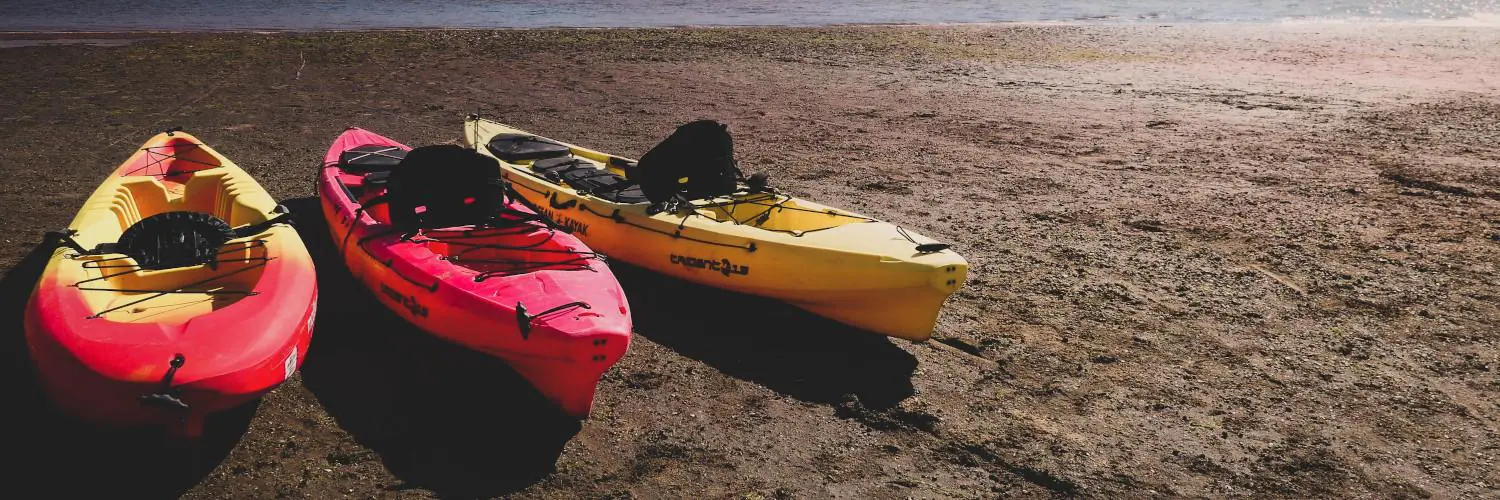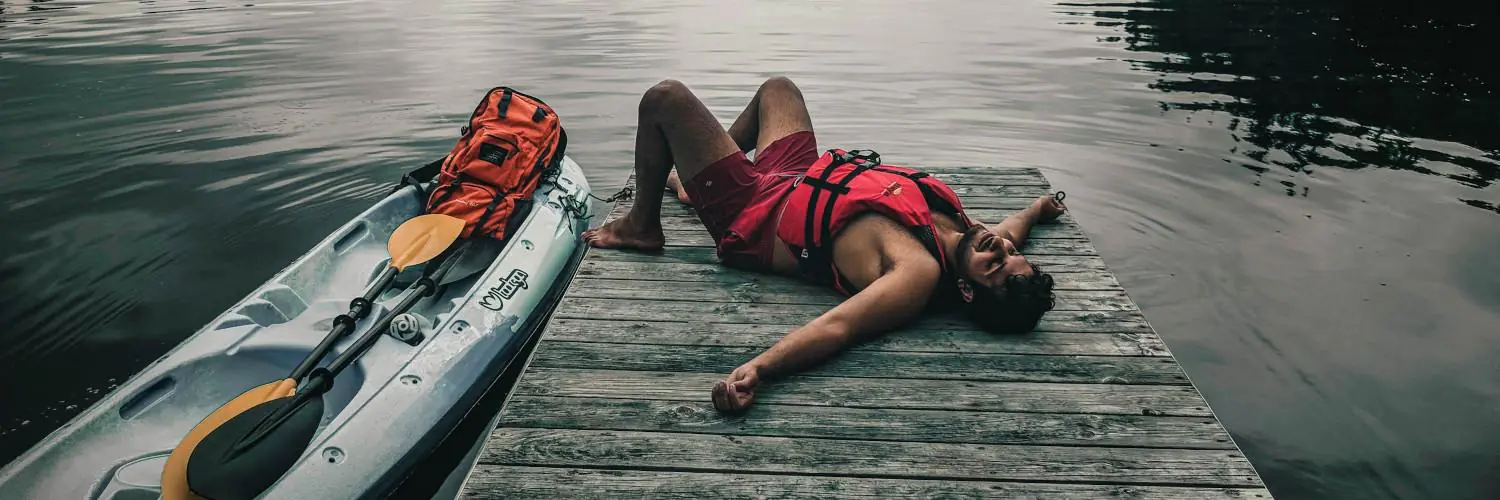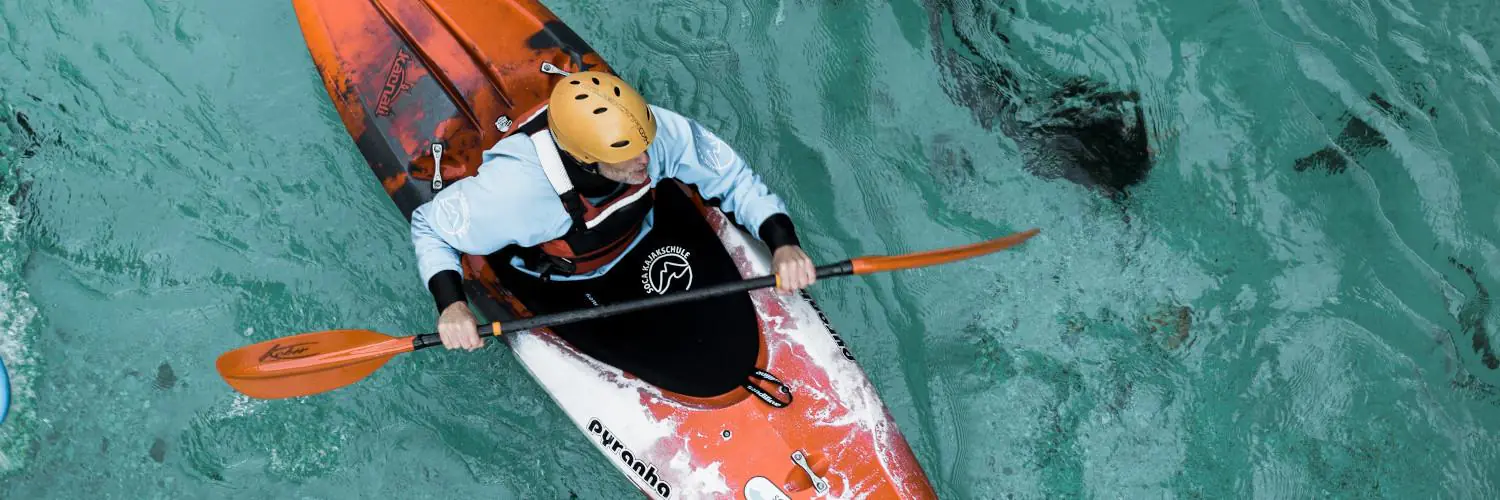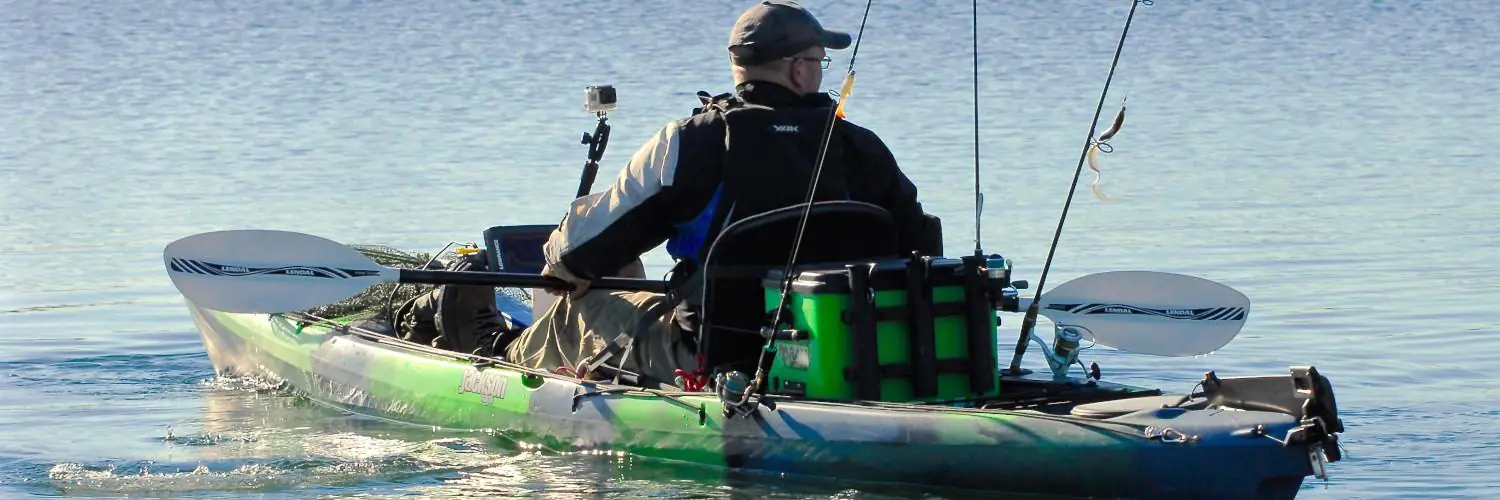Kayaking with dogs has become a popular activity for pet owners who love to spend time on the water with their canine companions. Safety and comfort are key concerns when bringing dogs along for a paddle, and that’s where kayak dog seats come into play. These seats are designed to give dogs a secure spot to sit or lie down in the kayak, providing stability and comfort for both the pet and the kayaker.
Manufacturers have recognized the need for pet-friendly kayaking gear and have thus designed a variety of dog seats to fit different styles and sizes of kayaks, including sit-on-top and sit-inside models. These seats are often made from durable materials that can withstand claws and moisture, and they may feature additional accessories such as safety tethers to keep dogs in place.
Choosing the right kayak dog seat depends on several factors, including the size and breed of the dog, the type of kayak, and the intended use, such as recreational paddling or fishing. Some seats are built for the extra weight and movement of larger dogs, while others are perfect for smaller breeds who need a little extra padding to stay comfortable during the journey. With the right knowledge, paddlers can select the best kayak dog seat that ensures a fun and safe experience for both the dog and the kayaker.
Table of Contents
Choosing the Right Kayak for Your Dog
Choosing the right kayak for outings with your dog hinges on understanding kayak types, assessing size and stability, and ensuring safety and comfort features tailored for your canine companion.
Assessing Kayak Types
Sit-on-top kayaks are preferable for larger dogs due to their open design, offering spacious platforms for dogs to sit comfortably. Sit-inside kayaks with large cockpits can accommodate small to mid-sized dogs, and tandem kayaks might be suitable for those who want additional space for their pet alongside a paddling partner. Fishing kayaks are often designed with stability in mind, which is crucial when kayaking with dogs.
Understanding Size and Stability
- Size: Ensure the kayak has enough space for your dog to sit, stand, and turn around without risking capsizing. A kayak for large dogs should have a higher weight capacity.
- Stability: A wide kayak with a flat hull helps in maintaining balance when your dog moves. Kayaks labeled as dog-friendly or best dog kayaks usually offer the necessary stability.
Safety Features and Dog Comfort
Safety features: Look for kayaks with secure attachment points to tether your dog’s leash or harness. Non-slip surfaces can prevent your dog from slipping.
Dog comfort: Consider adding a specialized dog seat or placing a non-slip mat in the kayak for comfort during long paddling sessions. An affordable kayak for dogs might require additional modifications for optimal comfort.
The Best Kayaks for Canine Companions
Selecting the right kayak for paddling with dogs involves considering stability, space, and the dog’s comfort. Durability and affordability also play crucial roles in the decision-making process.
Top Picks for Inflatable Kayaks
For those seeking inflatable kayaks that combine ease of transport with dog-friendliness, the Sea Eagle 385 fta is a standout, known for its durability on the water. Another top contender is the Intex Excursion Pro, recognized for its high pressure inflation, providing stability and comfort for both paddler and pet. The Advanced Elements AdvancedFrame Convertible is a versatile option, allowing for single or tandem paddling and offering ample space for a canine companion.
Sturdy Choices for Larger Dogs
Owners of larger dogs need kayaks with high weight capacity and enough deck space. The Wilderness Systems Pamlico 135 is a solid choice, offering a tandem experience with a spacious design. Meanwhile, the Ocean Kayak Malibu Two Tandem is a sit-on-top kayak that provides stability and space for medium to large breeds, such as a Lab, to lounge and move.
Affordable Options for Beginners
Beginners looking for most affordable kayak for dogs will find the Intex Explorer K2 a value-rich, entry-level kayak that is lightweight and easy to maneuver. Those in need of a more stable sit-on-top option can consider the Perception Rambler 13.5, which offers a roomy deck for dogs to sit comfortably. The Old Town Vapor is another stable kayak, suitable for beginners eager to bring their furry friends along.
Essential Gear and Accessories
When kayaking with a dog, safety and comfort are paramount. Proper gear, including personal flotation devices (PFDs) and kayak seats, enhances both. Additional accessories can further streamline the experience.
The Importance of PFDs
A PFD, or personal flotation device, is crucial for a dog’s safety on the water. Even if a dog is a strong swimmer, a PFD is non-negotiable in case of fatigue or unexpected conditions. A dog-specific PFD should fit snugly, offer good buoyancy, and include a handle for quick rescues.
Kayak Seats and Deck Space
A specialized kayak dog seat can provide a secure and comfortable spot for a dog to sit or lie down during the journey. Kayaks with ample deck space are preferable, especially sit-on-top kayaks, which often have a more open design that accommodates canine companions. Training may be required to help dogs acclimate to the motion of the kayak and the designated seating area.
Additional Accessories for Convenience
Convenience can be addressed with accessories like:
- Dry Bags: To keep dog gear dry.
- Traction Pads: For better grip on the deck.
- Sun Shades: To protect dogs from excessive sun exposure.
These enhance both the dog’s and the paddler’s experience, ensuring a pleasant outing for both.
Training Your Dog for Kayaking
Before venturing into the waters with a canine companion, it is crucial to prioritize safety and comfort through proper training. First and foremost, a dog should be acclimated to both the kayak and water. This process begins on land by allowing the dog to explore the kayak at its own pace. Positive reinforcement with treats and praise encourages the dog to associate the kayak with a pleasant experience.
Once the dog appears comfortable around the kayak, introduce them to shallow water while the kayak is stable and secure. It’s advisable to equip the dog with a life jacket during this stage to ensure its safety. Gradual exposure to water helps the dog adapt without feeling overwhelmed.
Introduce the command “kayak” as a cue for the dog to get on and off the vessel, enhancing their understanding of expected behavior during kayaking excursions. Short paddling sessions can follow, slowly building up the duration as the dog becomes more at ease.
| Key Training Steps | Description |
|---|---|
| 1. Kayak Exploration on Land | Let dog investigate the kayak while stationary. Reward curiosity. |
| 2. Gradual Water Introduction | Allow dog to experience shallow water with the kayak nearby. |
| 3. Command Training | Teach “kayak” cue for embarking and disembarking the kayak. |
| 4. Increase Paddling Duration | Start with short paddling sessions, then progressively lengthen them. |
It’s crucial to monitor the dog’s reactions closely during training, ensuring they remain comfortable. Patience and consistency are key components throughout the training process. By adhering to these steps, one prepares their dog for the unique experience of kayaking together safely and enjoyably.
Kayaking Safety and Etiquette
When kayaking with a dog, prioritizing safety and observing proper etiquette ensures a pleasurable experience for all. Personal flotation devices (PFDs) are non-negotiable for both the kayaker and their canine companion. It is crucial for dogs to be familiarized with PFDs during training sessions, well before setting out on the water.
A proper foundation in training also involves helping the dog become comfortable with the unique motions of kayaking. Dogs should learn to associate the kayak with a positive experience, and practicing commands like “stay” or “sit” can significantly enhance their on-water behavior.
Sit-in kayaks offer a degree of containment beneficial for restless pets, but regardless of kayak type, the dog’s sitting area should be clearly designated and comfortable. It is advisable to begin adventures on slow-moving rivers where the water is more predictable, thus reducing risks for first-time kayaking dogs.
Kayaking with your dog involves:
- Proper Equipment:
- Dog-specific PFD
- Suitable kayak design
- Training:
- Familiarization with equipment and commands
- Acclimatization to kayak motion
- Water Choice:
- Slow-moving rivers for beginners
- Always check water conditions
Maintaining a neutral position in the kayak and keeping the dog centered will help prevent capsizing. Respect for wildlife and other water users is essential, so keeping one’s dog under control minimizes disturbances. Ensuring that the dog does not drink from the waterbody prevents potential health problems.
In summary, combining comprehensive training, suitable equipment, and rivers conducive for beginners with considerate behavior makes kayaking with a dog a rewarding endeavor.








